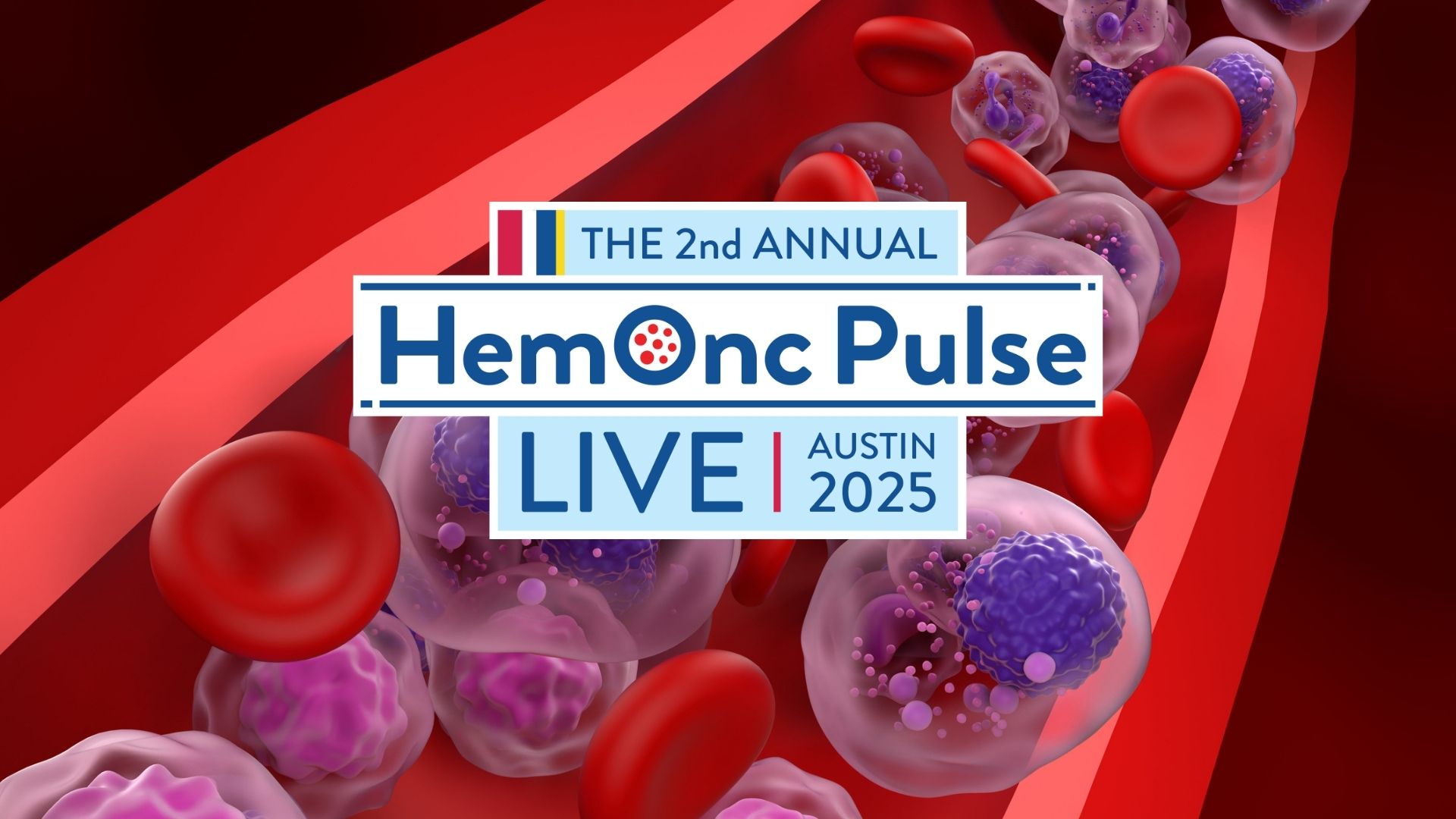Unique Immunotherapy Targets Being Studied for Multiple Myeloma
By Nina Shah, MD - Last Updated: November 14, 2022Nina Shah, MD, an associate professor in the Department of Medicine at the University of California, San Francisco, discusses novel immunotherapy agents in development for multiple myeloma (MM), their unique targets, and what hematologists/oncologists need to know about them.
Watch part 3 of the interview with Dr. Shah where she discusses the immunotherapy pipeline for MM.
DocWire News: Dr. Shah, there are a number of emerging novel immunotherapy agents for multiple myeloma with some of unique targets, including CAR T-cell therapies, bispecific T-cell engagers, antibody-drug conjugates, and more. Can you talk about some of these different targets and how they can possibly impact treatment options and management for multiple myeloma?
Dr. Shah: Yeah, there are new emerging therapies, and the targets has probably been the most studied for this is BCMA, which is a protein that’s expressed on plasma cells and B cells and very specific actually to the plasma cells, which makes it a great target because if we target that protein, we get really to the plasma cells and not to any other important cells, for example, heart cells or other cells in the blood system. That’s a really nice specific target and because of that, it’s been explored for T-cell-mediated therapies, which include CAR T-cells as well as bispecific T-cell engagers. There are some other targets that are being looked at as well, including GPRC5, CRH5, and SLAMF7. We are waiting to see some data from those trials as well.
DocWire News: How do these novel immunotherapy agents differ from more conventional chemotherapy?
Dr. Shah: The immunotherapies are interesting because they differ from traditional chemotherapies, specifically using the immune system to target the myeloma cells. So, in the case of CAR T-cell therapy, they take a patient’s own cells and engineer those cells to specifically recognize the protein BCMA on the plasma cell, or specifically recognize whatever protein that CAR T-cell is engineered to recognize. This allows for the patient’s own T-cells to then go after the cancer. We know that a patient’s own immune system is probably the first and best defense that they have before things get out of whack. This is harnessing that power, and even with the T-cell engagers, which is actually a drug that brings together the T-cells to close proximity to the target myeloma cells, again, you’re using the patient’s own T-cells, although this time not engineered in order to have an immunotherapy that’s coming from the patient’s own immune system with help from this drug.
DocWire News: What are some of the important things for hematologists and oncologists to know about the immunotherapy agents and how to incorporate them into treatment plans as more are becoming available?
Dr. Shah: Some important things that a hematologist/oncologist will want to know about incorporating these particular agents for myeloma therapy is, right now, they’re mainly studied in the triple-class exposed, very refractory patients. For the trials that have most recently been presented or published, the patients had to have at least exposure and/or refractoriness to proteasome inhibitors, IMiDs, and CD38 antibodies. Most of the patients that went on these trials were triple-class exposed if not triple-class refractory, and a good number of them were even penta-refractory, meaning refractory to bortezomib, lenalidomide, pomalidomide, carfilzomib, and daratumumab or other CD38 antibodies. So, the patients that have been explored in these trials have been very heavily pretreated, which means that these drugs, when they show that they’re working, it’s a big deal because it’s a very high bar. That being said, I think the efficacy that we’re seeing maybe suggests to all of the physicians that maybe we shouldn’t be waiting that long because we know that patients who get these types of therapies that really work actually work better if you don’t wait until the eighth line of therapy.






 © 2025 Mashup Media, LLC, a Formedics Property. All Rights Reserved.
© 2025 Mashup Media, LLC, a Formedics Property. All Rights Reserved.